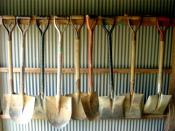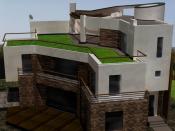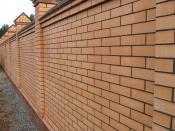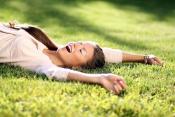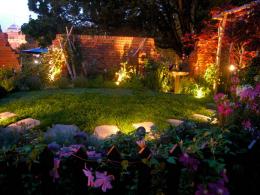Search
Login
Recommended
Garden Lighting, General Concepts
So that in the garden you can have a wonderful rest not only during the day, but also when it gets dark, you need to equip your garden with lighting. And which lamps can be used, what are they like. Here is a little information about the lamps used in summer cottages.
Content
- General information video
- Incandescent lamps
- Fluorescent lamps
- Discharge lamps
- Halogen lamps
- High pressure metal halide lamps
- LEDs video
- Fiber optic fibers
General information
The quality of the emitted light, the degree of protection of the lamp, its shape, size - all this affects our choice when buying lamps for the garden.

To indicate the types of lamps, an alphanumeric coding is introduced: LN-incandescent lamp, L-luminescent, NL-sodium, RL-mercury, etc., the size of the lamp base is also unified.
The numbers next to them usually indicate the diameter of the thread in millimeters.
For example: LN100 E27 - an incandescent lamp with a power of 100 watts with a threaded base with a diameter of 27 mm., Sometimes a luminous flux measured in lumens (lm) is indicated. Each type of lamp has its own advantages and disadvantages.
Incandescent lamps
These are well-known lamps that resemble a pear in shape, and there are also lamps similar to a candle. The main disadvantages of such lamps are their short life, low light output and high energy consumption (most of the energy of the lamp is converted into heat).
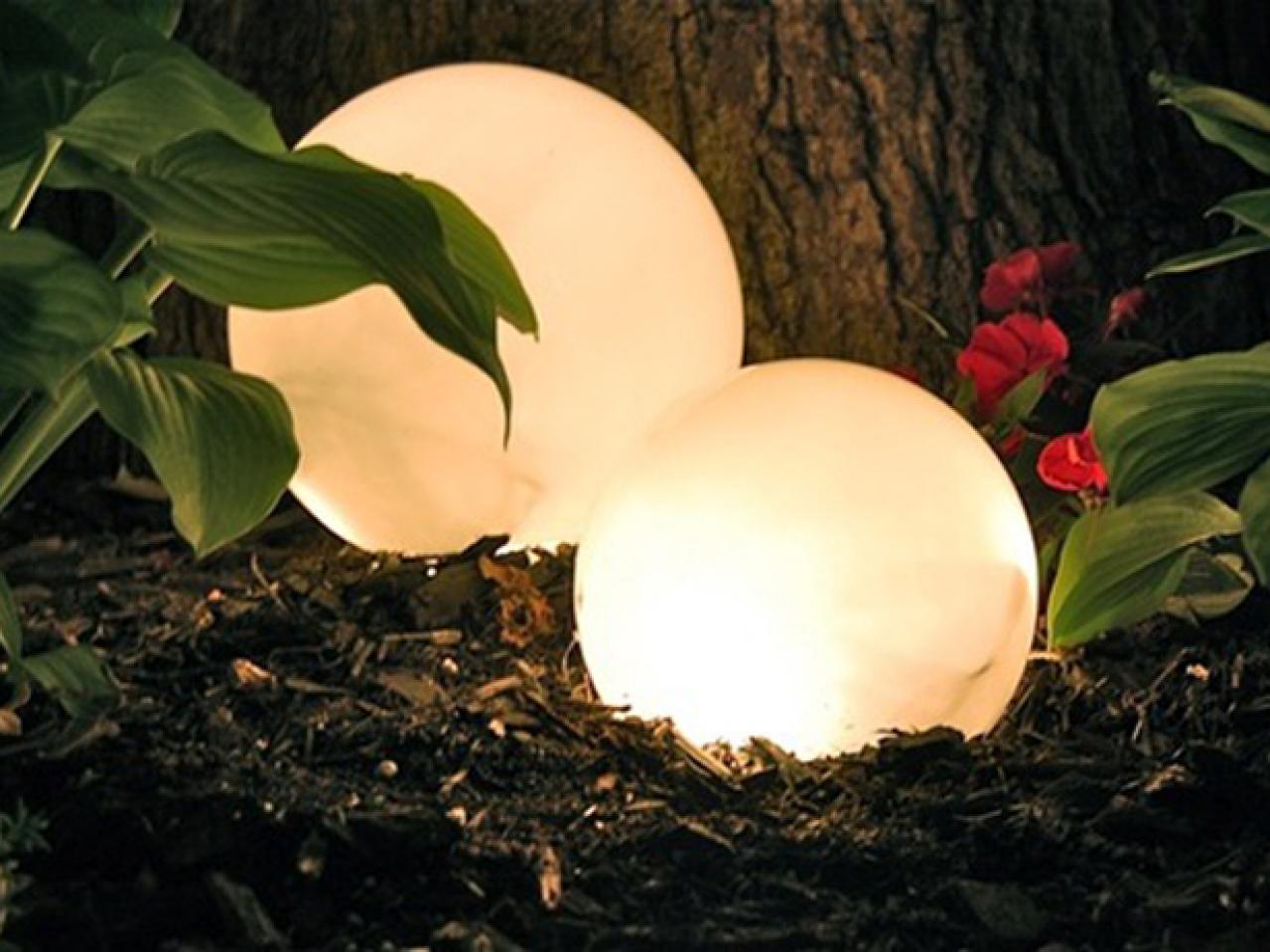
In today's market you can find a variety of options for these lamps, with their warm pleasant light, for many they remain the standard of artificial lighting, and an important advantage of these lamps is low cost.
Fluorescent lamps
These lamps consume significantly less electricity and their service life is much longer than that of incandescent lamps.
The color of the light may vary depending on the phosphor deposited on the walls of the bulb. Lamps may vary in design and specifications.

Small-sized, energy-saving fluorescent lamps last 8 times longer and are 5 times more economical than incandescent lamps, although they cost much more.
The disadvantages of fluorescent lamps in the following can not be used in luminaires with dimmers, at negative ambient temperatures, they are ignited late or do not work at all, they do not turn on when the voltage is low.
Discharge lamps
Such lamps are mainly used for street lighting, industrial premises, sports facilities - these are light output champions.

The cold glow of mercury lamps resembles moonlight.
Halogen lamps
Such lamps become popular when lighting garden plots, courtyards and houses.
This is primarily due to their brightness, small size, the ability to control light radiation.

The service life of such lamps compared to incandescent lamps is 2 times longer.
The disadvantage of such lamps is the price, sensitivity to power surges and, accordingly, failure, become very hot.
High pressure metal halide lamps

There are color, good color rendering, and perhaps the most economical light sources, but are sensitive to low temperatures.
LEDs
These lamps are tiny, durable, consume little energy, are colored, high-quality light transmission.
LEDs are resistant to shock, vibration, low temperatures.

The main disadvantage is the high cost, a small unit capacity. So far, little use in garden lighting.
Fiber optic fibers
Optical fiber is with lateral (along the entire length) or end (spot) glow, it is fire- and electro-safe, strong, tight, durable.
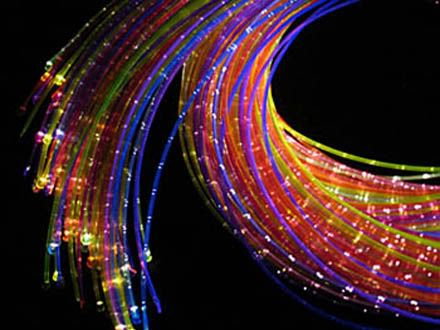
Suitable for lighting pools, waterfalls, fountains, paths and much more
